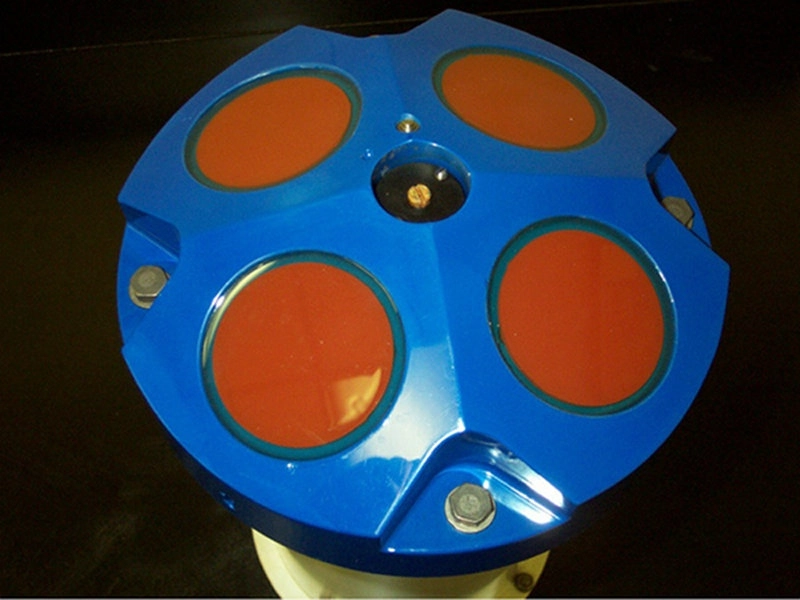8. The Acoustic Doppler Current Profiler: Unveiling Ocean Currents

The Acoustic Doppler Current Profiler (ADCP) has emerged as a vital tool in underwater reconnaissance, providing invaluable insights into ocean currents and water column dynamics. This sophisticated device uses the Doppler effect to measure water velocity at different depths, creating a comprehensive profile of current speeds and directions throughout the water column. The ADCP emits high-frequency sound pulses that bounce off particles suspended in the water. By analyzing the frequency shift of the returning echoes, the instrument can determine the speed and direction of water movement at various depths. The ADCP's ability to measure currents at multiple levels simultaneously provides a three-dimensional picture of water movement that was previously unattainable. This capability has revolutionized our understanding of ocean dynamics, coastal processes, and the movement of marine life. ADCPs can be deployed on ships, buoys, or even underwater vehicles, making them highly adaptable to a variety of marine environments. In addition to measuring currents, advanced ADCPs can provide estimates of suspended sediment concentrations and information on wave height and direction. This multi-parameter approach makes the ADCP an incredibly versatile tool for oceanographers, marine engineers, and environmental scientists. The data collected by ADCPs is critical for applications ranging from climate research to marine renewable energy projects, oil and gas exploration, and maritime safety. As ADCP technology continues to evolve, improvements in range, resolution, and power efficiency are enhancing our ability to monitor and understand the complex dynamics of the world's oceans.
Advertisement

